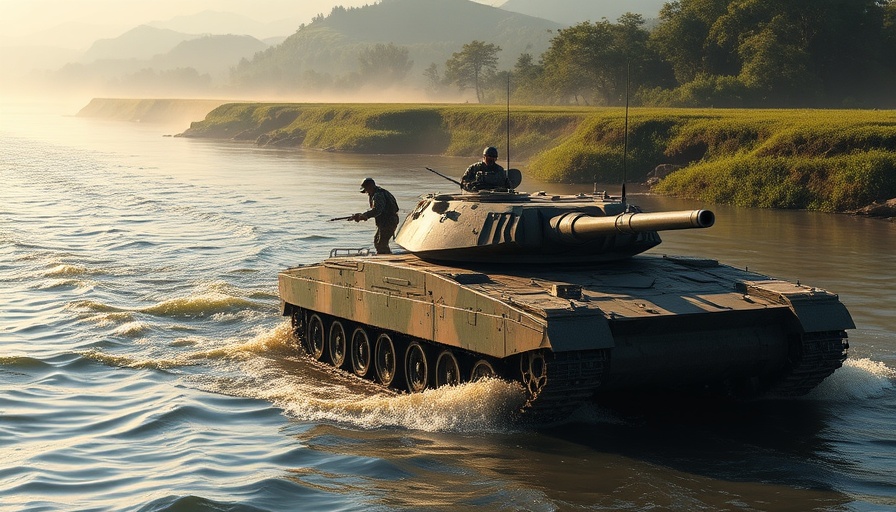
Adapting Armored Warfare in a Drone-Dominated Era
The Ukrainian military is in a critical transition phase in light of substantial losses on the battlefield. Over 1,000 tanks have been lost to enemy drones, prompting a significant reevaluation of their tank warfare strategies. Instead of relying on traditional heavy armored units, Ukraine is shifting towards a more cautious operational style, where tanks will take on roles similar to those of artillery. This transformation is crucial for maintaining effectiveness in a war environment increasingly dominated by unmanned aerial vehicles (UAVs).
Tank Upgrades and Dispersed Strategies
Recently, Ukraine has begun receiving modern German tanks, including the Leopard 1A5 and Leopard 2A4. These tanks combine high mobility, significant firepower, and advanced protection. However, their deployment will differ substantially from past strategies. With the lessons learned from recent engagements, tank battalions will be reduced in size and strategically dispersed. Instead of massed assaults, expectations are that these powerful vehicles will primarily provide indirect support. This new doctrine allows tank crews to minimize their exposure by staying concealed, only emerging to deliver precise fire strikes before retreating to safety.
Implications of a Changing Battlefield
This evolution in tank warfare reflects broader changes in military technology and strategy. As drone capabilities continue to evolve, traditional concepts of armored engagements are becoming outdated. The Ukrainian military is not just adapting its technology; it is fundamentally altering its combat philosophy to address emerging threats. Analysts suggest that understanding this shift is vital, not just for military personnel, but also for defense contractors, policy makers, and military strategists worldwide.
 Add Row
Add Row  Add
Add 




Write A Comment